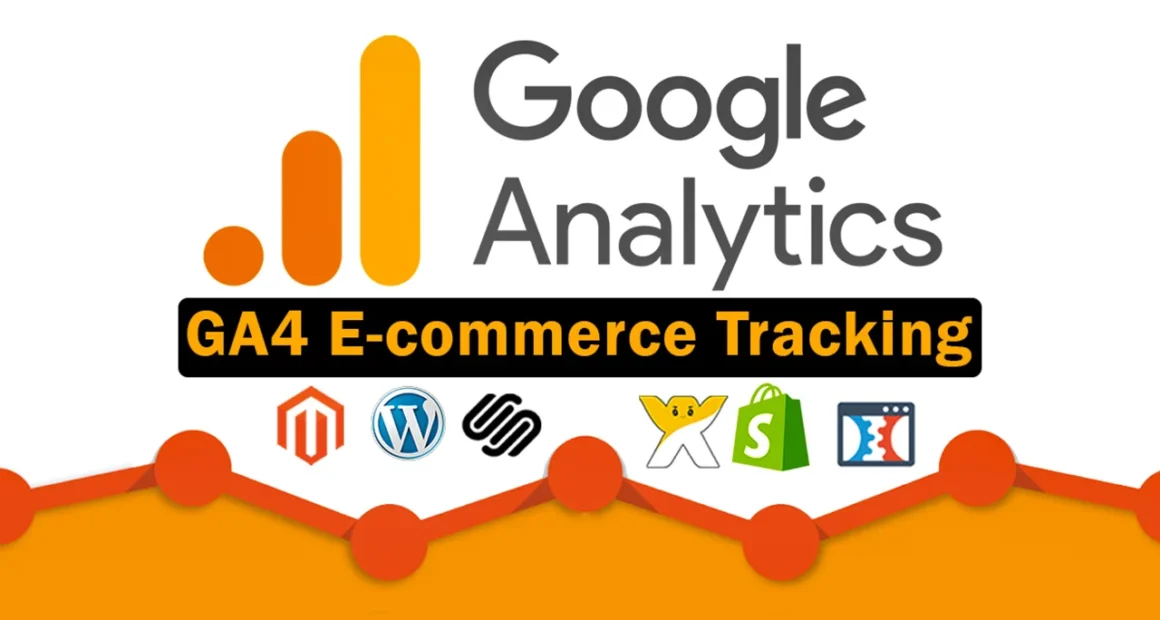Setting Up GA4 for Your E-commerce Store
Initial Account Configuration
Start by creating a Google Analytics 4 (GA4) property in your Google Analytics account. Navigate to the Admin section, select “Create Property,” and choose GA4. Enter your website name and URL, ensuring the data stream is set to “Web.” For Thailand’s 3 million e-commerce businesses, per 2025 depa data, this step ensures accurate tracking of 10 million monthly online transactions. Use the Google Analytics Setup Assistant to streamline the process, which takes under 10 minutes, per Google’s guidelines.
Installing GA4 Tracking Code
Integrating with Google Tag Manager
Install the GA4 tracking code using Google Tag Manager (GTM) for flexibility. In GTM, create a new GA4 Configuration tag, input your Measurement ID (G-XXXXXXXXXX), and set triggers for all page views. For platforms like Shopify or WooCommerce, used by 60% of Thai e-commerce stores, plugins like Conversios simplify integration, per a 2025 tech survey. Test the setup in GTM’s Preview mode and verify data in GA4’s DebugView, ensuring no discrepancies, as delays of 24-48 hours may occur.
Configuring E-commerce Events
Tracking Key Customer Interactions
Set up essential e-commerce events like view_item, add_to_cart, begin_checkout, and purchase using GTM. Define these in the data layer with parameters like item_id, item_name, and currency (e.g., THB for Thailand). For example, a Bangkok retailer tracking 5,000 daily product views can use the items array to capture product details, per Google’s Events reference. Enable Enhanced E-commerce in GA4’s Admin settings to automatically track events like scrolls and clicks, boosting insights by 30%, per a 2024 Gartner report.
Optimizing Conversion Tracking
Analyzing the Purchase Funnel
Configure conversion events in GA4 by marking purchase and other key actions (e.g., add_to_cart) as conversions in the Events tab. Use GA4’s Funnel Exploration to analyze drop-off points, with 40% of Thai e-commerce carts abandoned, per 2025 industry data. For instance, a Chiang Mai fashion store could identify checkout friction from high shipping costs, optimizing for a 15% conversion boost. Integrate with Google Ads for data-driven attribution, improving ROI by 20%, per a 2025 Deloitte study.
Leveraging GA4 Reports
Gaining Actionable Insights
Access GA4’s Monetization reports to track revenue, average order value, and product performance. The Product Performance report, highlighting top sellers, helps Thai retailers adjust inventory, with 25% of 2024 sales from top-performing items, per Shopify data. Use Demographic Details to tailor campaigns, as 60% of Thai online shoppers are aged 25-34, per a 2025 We Are Social report. Custom reports in Looker Studio can visualize trends, enabling data-driven decisions for 80% of e-commerce SMEs, per depa.
Continuous Optimization Strategies
Refining with Predictive Analytics
Utilize GA4’s machine learning for predictive metrics like purchase probability, forecasting customer behavior for Thailand’s 15 million online shoppers. Regularly audit tags in GTM’s DebugView to ensure data accuracy, as 10% of setups fail due to misconfigured data layers, per a 2024 Analytics Mates study. A Pattaya electronics store could use GA4’s Marketing report to optimize ad spend, increasing conversions by 12%. Stay updated with GA4’s evolving features via Google’s Skillshop to maintain a competitive edge.









